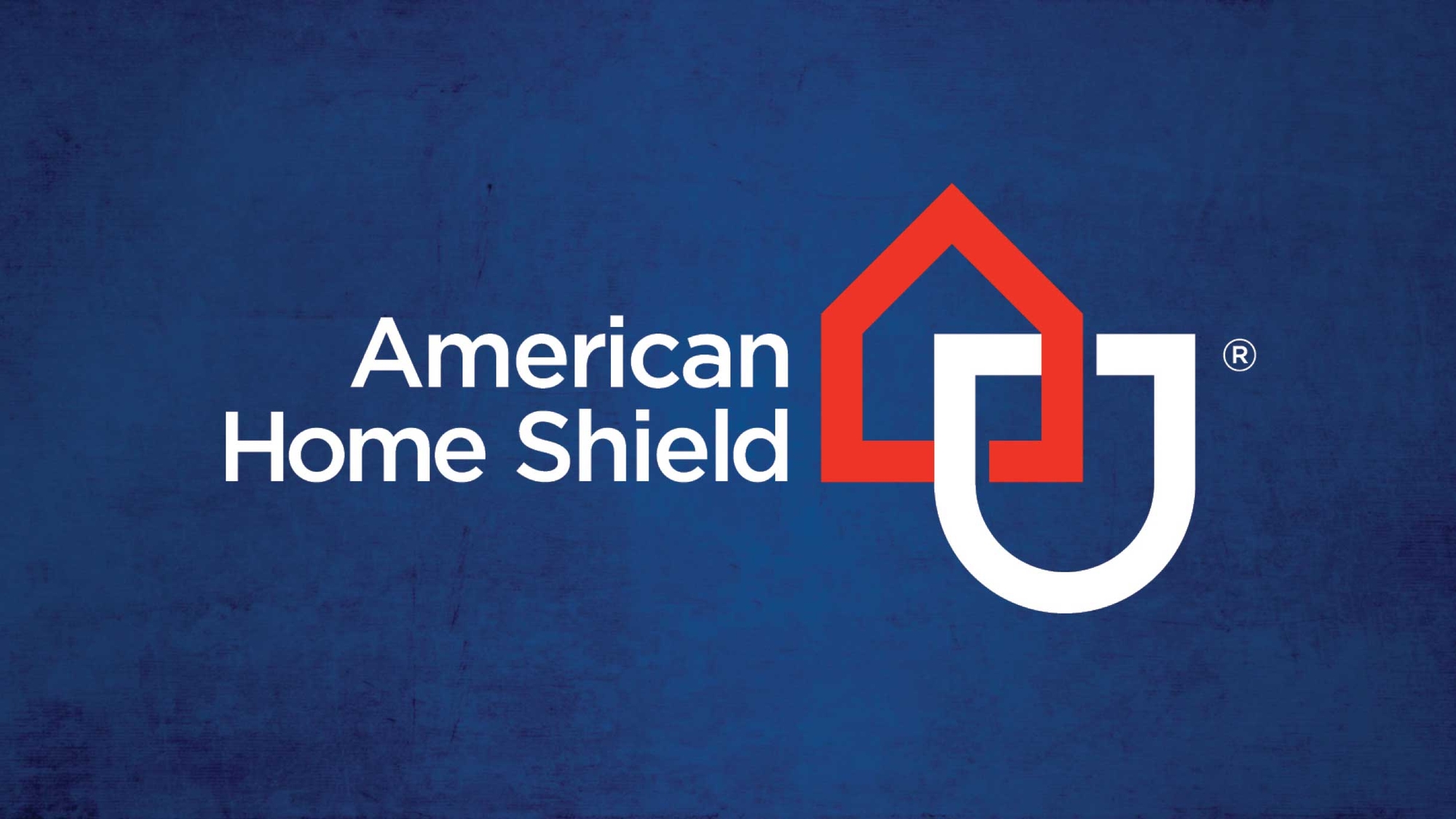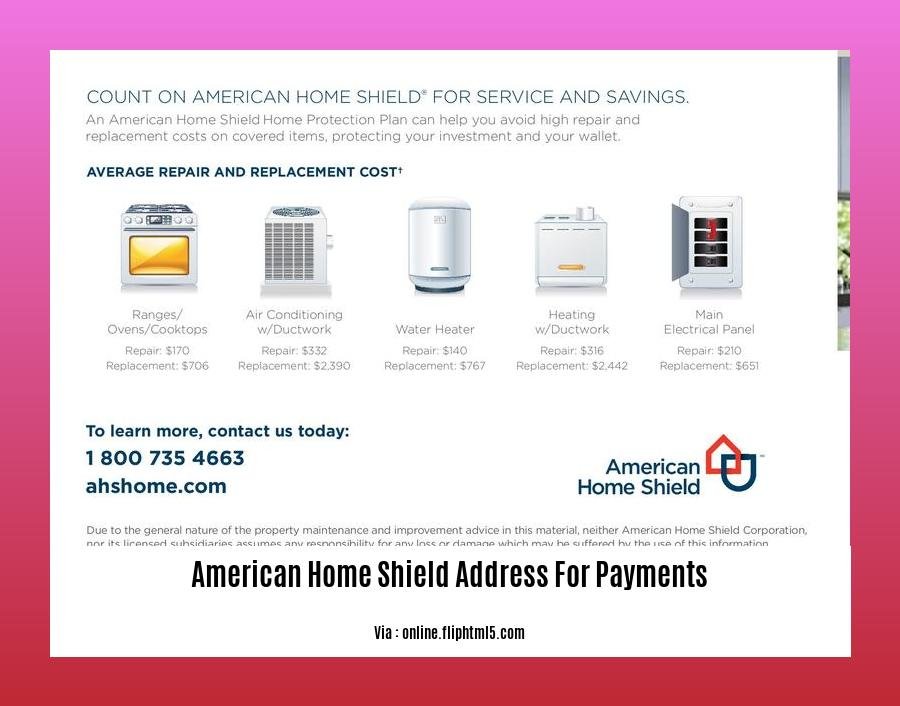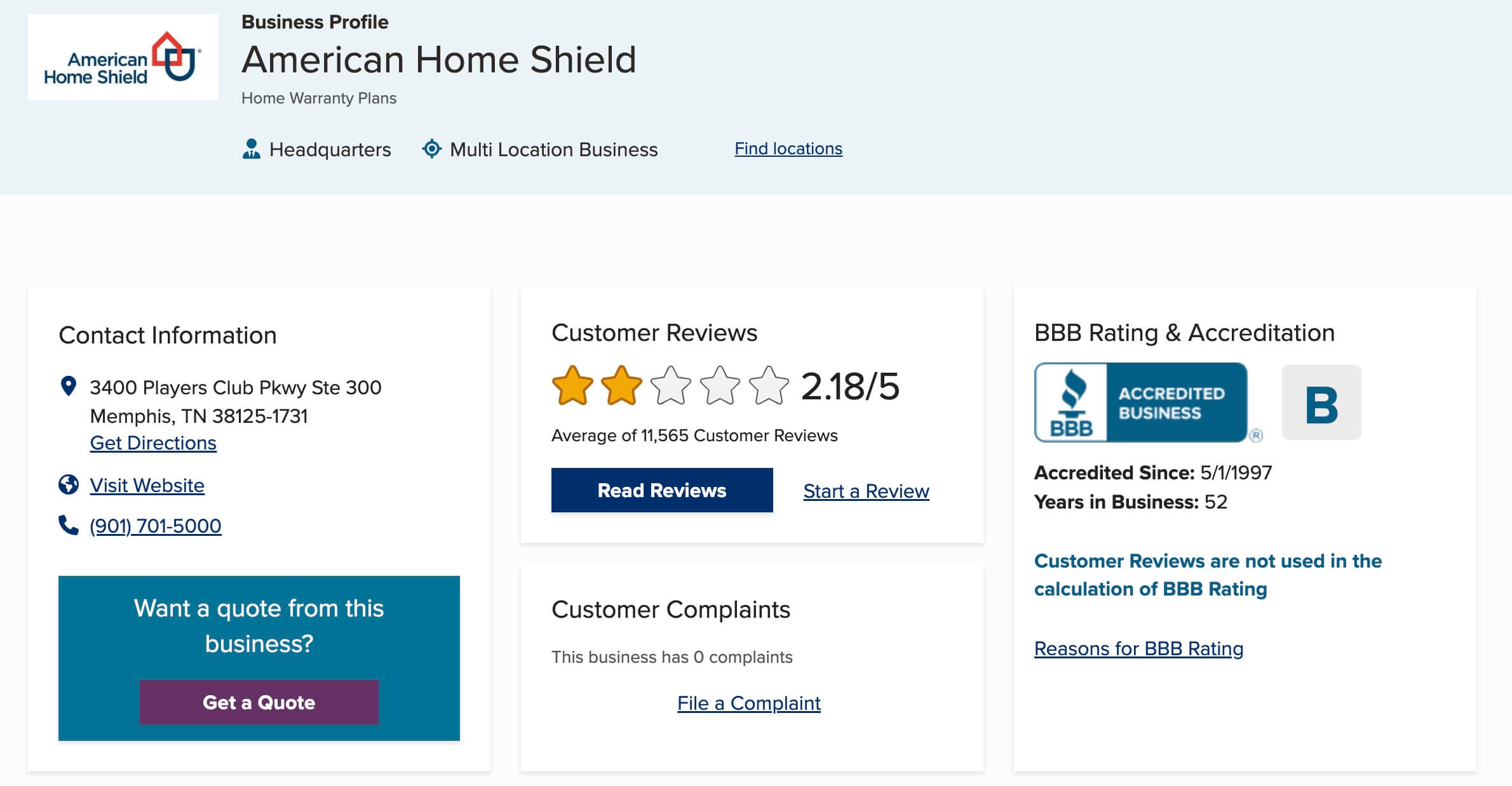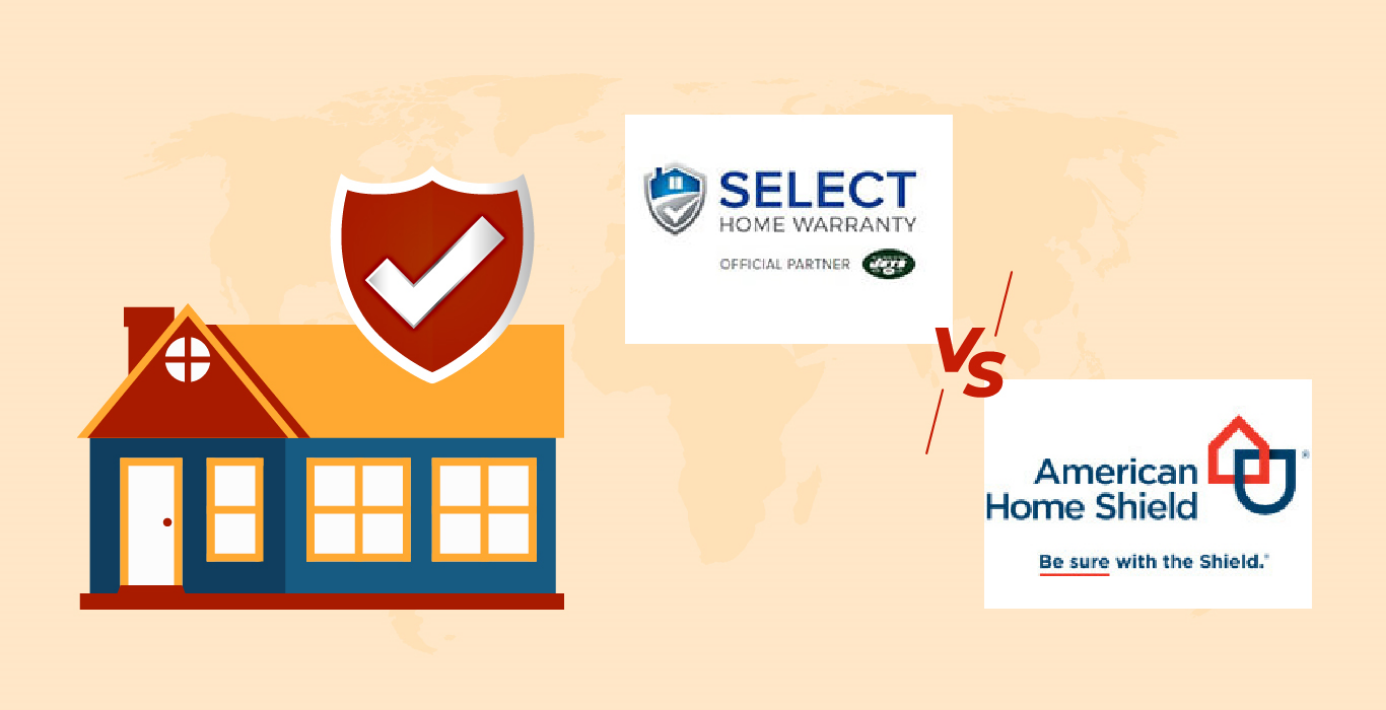American Home Shield Buy Out Or Replace At Equal Value
:fill(white):max_bytes(150000):strip_icc()/American-Home-Shield-Logo-1e4d563d7c814a76af0ce2b87eb1eb71.jpg)
Navigating homeownership often involves unexpected repairs, and when it comes to your HVAC system, those surprises can be costly. Home warranty companies like American Home Shield (AHS) offer plans to cover these expenses, but what happens when a covered HVAC component fails beyond repair? The option of a "buy out" or "replacement at equal value" then comes into play, and understanding your options is crucial for making an informed, energy-efficient decision. This article will delve into what these options entail, their potential impact on your energy bills, and how you can leverage them for long-term savings.
Understanding American Home Shield's "Buy Out" and "Replacement at Equal Value"
American Home Shield, like many home warranty providers, offers a "buy out" or "replacement at equal value" when a covered appliance or system, including your HVAC, is deemed irreparable. Let’s break down what each option means:
- Buy Out: AHS offers you a cash payment representing the estimated cost to replace the failed component. This payout is typically based on their assessment of the repair cost, factoring in depreciation and the terms of your warranty agreement. You are then responsible for finding a contractor and managing the replacement yourself.
- Replacement at Equal Value: AHS arranges for the replacement of the failed component with a new one of similar features and functionality. This means they handle the selection of the contractor and the procurement of the replacement unit, ensuring it meets the specifications outlined in your warranty.
Both options have pros and cons, especially when considering the long-term energy efficiency of your home. The "replacement at equal value" might seem simpler, but it might not always align with your goals for energy savings. The "buy out" offers greater control, giving you the freedom to invest in a more energy-efficient model. However, it also places the burden of research and selection on your shoulders.
The Energy Efficiency Implications: A Critical Consideration
The age and efficiency of your existing HVAC system play a significant role in determining the best course of action. Older systems, even those well-maintained, typically operate at significantly lower energy efficiency levels than newer models. Upgrading to a more efficient unit can drastically reduce your energy consumption and lower your monthly bills. This is especially true when comparing systems that are more than 10-15 years old.
Consider this: an older air conditioner with a SEER (Seasonal Energy Efficiency Ratio) rating of 10 might consume twice as much energy as a new unit with a SEER rating of 20 or higher, which is now standard. The same applies to furnaces with AFUE (Annual Fuel Utilization Efficiency) ratings. A furnace with an AFUE of 80% wastes 20 cents of every dollar spent on fuel, while a high-efficiency furnace with an AFUE of 95% wastes only 5 cents.
When faced with the "buy out" or "replacement at equal value" decision, carefully evaluate the efficiency of the proposed replacement unit. Is it merely a like-for-like replacement of your old, inefficient system, or does it offer a tangible improvement in energy performance?
Leveraging a "Buy Out" for Energy-Efficient Upgrades
The "buy out" option, while requiring more effort on your part, presents a prime opportunity to upgrade to a more energy-efficient HVAC system. Here's how you can maximize this opportunity:
- Assess Your Needs: Before accepting the buy out, carefully assess your heating and cooling needs. Consider the size of your home, its insulation levels, the climate you live in, and your desired comfort levels. A Manual J load calculation, often performed by HVAC contractors, can accurately determine the correct size of your new system, preventing oversizing, which can lead to inefficient operation.
- Research Energy-Efficient Options: Look for systems that meet or exceed Energy Star guidelines. Energy Star certified HVAC systems are independently certified to meet strict energy efficiency standards and can significantly reduce your energy bills. Look for high SEER ratings for air conditioners and heat pumps, and high AFUE ratings for furnaces.
- Explore Rebates and Incentives: Many utility companies and government agencies offer rebates and incentives for installing energy-efficient HVAC systems. These rebates can significantly offset the upfront cost of a new system, making the upgrade more affordable. Check with your local utility company and the DSIRE (Database of State Incentives for Renewables & Efficiency) website for available programs.
- Consider Smart HVAC Integration: When selecting a new system, consider integrating smart home technology. Smart thermostats, for example, allow you to remotely control your HVAC system, set schedules, and monitor energy consumption. Some models even learn your preferences and automatically adjust the temperature for optimal comfort and energy savings. These integrations can further enhance the efficiency and convenience of your new system.
Remember, the "buy out" amount might not cover the entire cost of a high-efficiency system. However, the long-term energy savings and potential rebates can often make the investment worthwhile. Calculate the potential return on investment (ROI) by comparing the estimated energy savings with the upfront cost of the upgrade.
"Replacement at Equal Value": Ensuring Adequate Efficiency
If you opt for the "replacement at equal value" option, you still have the right to ensure the replacement unit meets a reasonable level of energy efficiency. Don't hesitate to ask American Home Shield about the SEER and AFUE ratings of the proposed replacement. Advocate for a unit that is at least as efficient as your existing system, and ideally, more efficient.
Consider these points when discussing the replacement with AHS:
- Negotiate for a Higher Efficiency Model: Express your desire for a more energy-efficient unit and inquire about the possibility of upgrading, even if it requires you to pay the difference in cost.
- Clarify the System's Specifications: Ensure the replacement unit is properly sized for your home. An improperly sized system can operate inefficiently and lead to higher energy bills.
- Inquire About Installation Practices: Proper installation is crucial for optimal performance and efficiency. Ensure the contractor performing the installation is qualified and follows industry best practices.
While the "replacement at equal value" option offers convenience, it's essential to be proactive in ensuring the replacement unit contributes to energy savings rather than perpetuating your existing inefficiency.
The Role of HVAC Contractors
Regardless of whether you choose the "buy out" or "replacement at equal value" option, involving a qualified HVAC contractor is crucial. A contractor can:
- Assess Your Existing System: They can provide an independent assessment of your system's condition and recommend the most appropriate course of action.
- Perform a Load Calculation: They can accurately determine the correct size of your new system, ensuring optimal performance and efficiency.
- Recommend Energy-Efficient Options: They can advise you on the latest energy-efficient technologies and help you select a system that meets your specific needs and budget.
- Install the New System Properly: Proper installation is crucial for optimal performance and efficiency. A qualified contractor will ensure the system is installed correctly, following industry best practices.
- Provide Ongoing Maintenance: Regular maintenance is essential for maintaining the efficiency and longevity of your HVAC system. A contractor can provide routine maintenance services, such as cleaning coils, checking refrigerant levels, and inspecting components.
Don't hesitate to get multiple quotes from different contractors and compare their recommendations. Ask about their experience with energy-efficient systems and their knowledge of available rebates and incentives.
Long-Term Energy Savings and Return on Investment
Investing in a more energy-efficient HVAC system can result in significant long-term energy savings. The exact amount of savings will vary depending on the efficiency of the new system, your energy consumption habits, and the climate you live in. However, you can expect to see a noticeable reduction in your monthly energy bills.
To calculate the potential return on investment (ROI), consider the following factors:
- Upfront Cost: The cost of the new system, including installation.
- Energy Savings: The estimated annual energy savings, based on the efficiency of the new system and your energy consumption habits.
- Rebates and Incentives: Any rebates or incentives you receive for installing the new system.
- Maintenance Costs: The estimated annual maintenance costs for the new system.
Use an online ROI calculator or consult with an HVAC contractor to estimate the payback period for your investment. In many cases, the energy savings and rebates can offset the upfront cost of the new system within a few years.
Conclusion
When faced with the "buy out" or "replacement at equal value" decision from American Home Shield, prioritizing energy efficiency is essential. By understanding the implications of each option, researching energy-efficient alternatives, and working with a qualified HVAC contractor, you can leverage this opportunity to upgrade your HVAC system and save money on your energy bills for years to come. Remember to explore available rebates and incentives, consider smart home integration, and prioritize proper installation and maintenance to maximize the efficiency and longevity of your investment. The key takeaway is to see this not just as a repair situation, but as an opportunity to invest in the long-term comfort and energy efficiency of your home. Taking control of your HVAC choices will lead to a more sustainable and cost-effective home in the long run.
:max_bytes(150000):strip_icc()/American_Home_Shieldcopy-ddc78353dbd34b91bbdd7d377145abbf.jpg)









